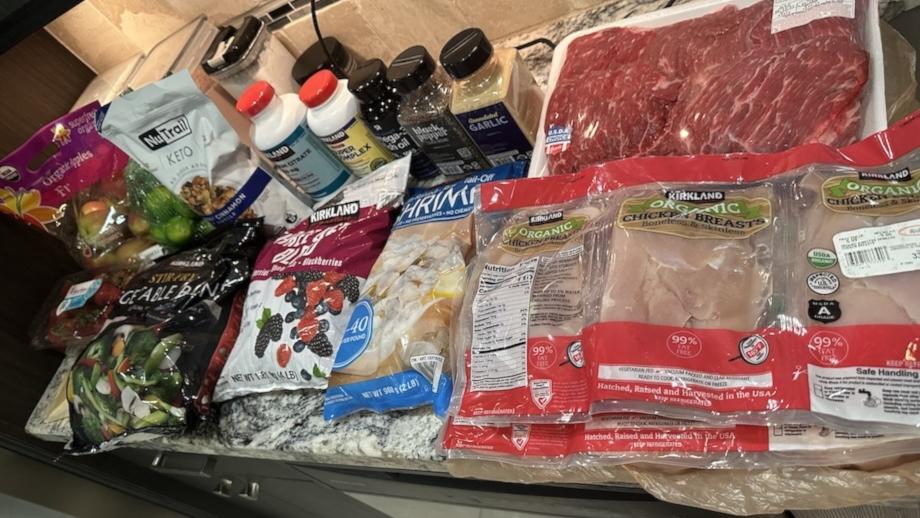We test and review fitness products based on an independent, multi-point methodology. If you use our links to purchase something, we may earn a commission. Read our disclosures.
Every year, new diets claim to offer the key to quick weight loss. While many are hard to maintain and lack balanced nutrition, others are more sustainable and don’t require tedious calorie or macro tracking. What is a GOLO Diet? Is it just another fad, or could it be a realistic way to lose weight and keep it off?
As a registered dietitian nutritionist (RDN), I’ll break down everything you need to know about the GOLO Diet and offer my unbiased opinion on this popular weight loss program. We’ll explore its eating plan, supplement regimen, and potential benefits and drawbacks to help you decide if the GOLO Diet is worth trying. Ultimately, you’ll have all the information needed to make an informed decision.
Medical disclaimer: This article is intended for educational and informational purposes only. It is not intended as a substitute for medical advice. For health advice, contact a licensed healthcare provider.
What Is the GOLO Diet?
The GOLO Diet aims to optimize metabolism, minimize muscle loss, and promote quick and healthy weight loss by controlling blood sugar levels and reducing insulin resistance.
Insulin, a hormone that helps glucose (sugar) enter cells to be converted into energy, can become less effective if the body develops insulin resistance. This resistance can occur due to a combination of factors such as physical inactivity, excess abdominal weight, a diet high in processed foods, aging, or poor sleep. When insulin resistance occurs, sugar builds up in the blood. If left unmanaged, insulin resistance can lead to the development of Type 2 diabetes1.
The GOLO Diet emphasizes nutrient-rich, low-glycemic foods2 that don’t cause sharp spikes in blood sugar or excessive insulin production. By stabilizing blood sugar levels, this approach may promote weight loss, boost metabolism, and enhance fat burning.
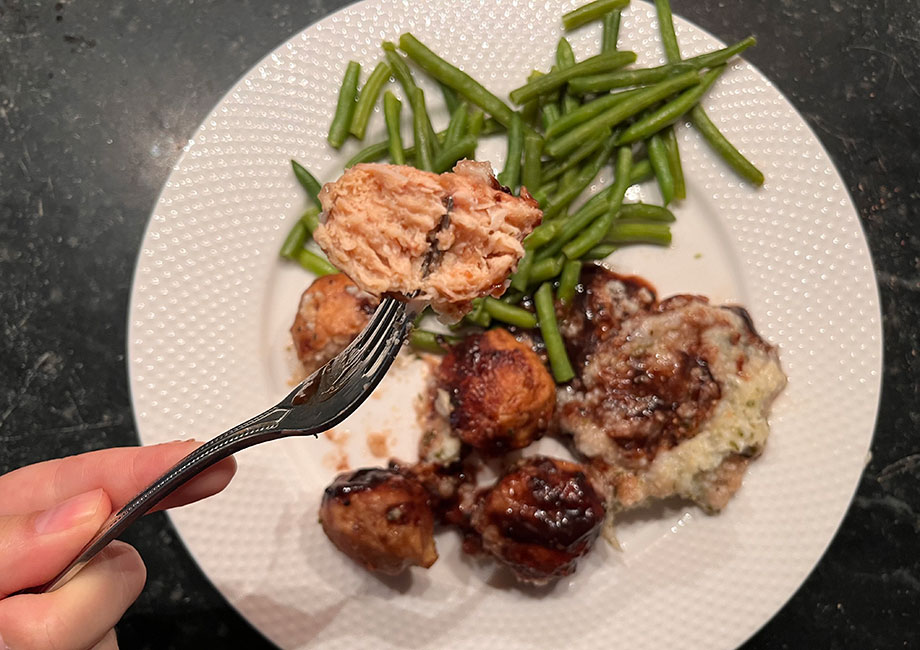
The weight loss program also includes Release, a supplement formulated to help regulate insulin levels and improve metabolic health. Release contains magnesium, zinc, and chromium, along with a proprietary blend of plant extracts that supposedly support healthy blood sugar control and manage appetite.
RELATED: Best Weight-Loss Program for Women | Best Weight-Loss Program for Men
Finally, the program comes with a 48-page guide, The GOLO for Life Plan, which provides detailed information about the diet, tips for maintaining muscle, improving digestion, and overcoming emotional eating. If you prefer digital tools, participants have access to online resources including educational resources and coaches that keep you accountable and motivated.
GOLO Diet-Approved Foods
The GOLO Diet promotes whole foods that help maintain stable blood sugar levels. A key feature of the diet is the GOLO Metabolic Fuel Matrix, which is built around four “fuel groups”—protein, carbohydrates, vegetables, and fats.
Dieters are encouraged to eat three meals a day and each meal can consist of one to two servings of each fuel group. The following foods are included in the fuel groups:
- Protein: Beef, chicken, eggs, fish, pork, milk, cheese, yogurt
- Carbs: Beans, brown rice, quinoa, oatmeal, whole grain bread, whole grain pasta, berries, potatoes, sweet potatoes
- Vegetables: Squash, kale, zucchini, broccoli, spinach, arugula, Brussels sprouts, cauliflower, cucumber, celery
- Fats: Coconut oil, olive oil, chia seeds, hemp seeds, flax seeds, almonds, walnuts, cashews, pistachios
Foods To Avoid
Highly processed foods are often packed with sugar, saturated fat, and trans fat, which can contribute to inflammation and disease when consumed regularly. Their high sugar and low fiber content can lead to blood sugar spikes and increase the risk of insulin resistance.
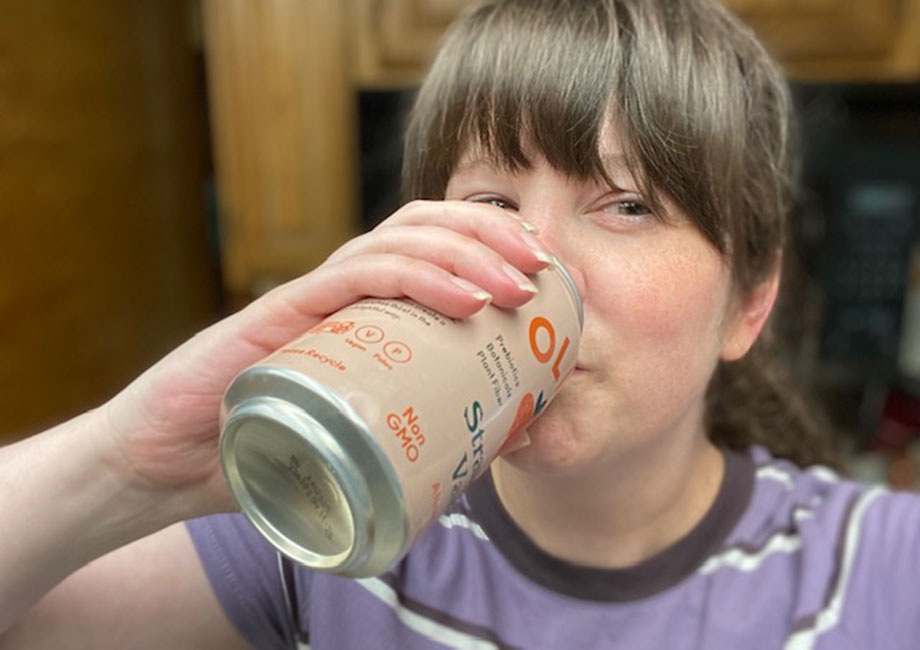
Those following the GOLO Diet are encouraged to avoid highly processed foods and refined foods in attempts to better control blood sugar and improve metabolic health. Foods to avoid include the following:
- Processed foods: Chips, sausages, lunch meats, cookies, crackers, baked goods, candy
- Refined foods: White bread, white pasta, white rice
- Sugary beverages: Sodas, juice, sweetened tea, sports drinks
- Artificial sweeteners: Sucralose, aspartame, saccharin
GOLO Release Supplement
Individuals following the GOLO Diet are encouraged to use Release, a supplement designed to support weight loss and improve blood sugar control. Release contains a blend of seven plant-based ingredients along with three minerals: zinc, chromium, and magnesium.
RELATED: Best Weight-Loss Supplements for Women | Best Weight-Loss Supplements for Men
Zinc plays a crucial role in insulin production and may boost insulin sensitivity3, helping the body use insulin more efficiently. Chromium enhances insulin’s effectiveness, allowing sugar to move from the bloodstream into cells more efficiently. Magnesium helps regulate blood sugar levels and reduces the risk of excessive insulin release. Together, these minerals work to improve blood sugar control and lower insulin resistance.
The plant-based ingredients include rhodiola root extract, inositol, berberine extract, gardenia extract, banaba extract, salacia extract, and apple extract. These ingredients may help reduce stress, regulate blood sugar, enhance mood, lower cortisol levels, and improve fat metabolism.
A single bottle of Release comes with 90 capsules. The recommended dosage is one capsule before each meal, totalling three capsules per day. A bottle will last approximately one month and costs $59.95. Customers can save by buying two bottles for $99.90 or three bottles for $119.85.
Is the GOLO Diet Safe?
The GOLO Diet is generally considered safe for most people, as it emphasizes whole foods, portion control, and healthy habits. The diet aims for a gradual weight loss of 1 to 2 pounds per week. Like any diet, there’s a potential risk of developing a restrictive mindset around food, so working with a registered dietitian can help ensure safe implementation while maintaining a healthy relationship with eating.
The supplement Release included in the plan contains ingredients that are safe for most individuals, but it’s always advised to consult with your doctor before beginning any new diet or supplement. Certain health conditions and medications may interact with the ingredients, causing unwanted side effects.
Pros of the GOLO Diet
There are several potential health benefits of the GOLO Diet that may appeal to those trying to lose weight in a healthy way. The diet focused on nutrient dense meals without any requirement to track calories.
Encourages Nutrient-Dense Whole Foods
The approved foods list features nutrient-dense options rich in protein, fiber, complex carbohydrates, healthy fats, vitamins, and minerals. These nutrients are vital for supporting metabolic health, boosting energy levels, reducing inflammation, and controlling blood sugar—all of which may contribute to weight management.
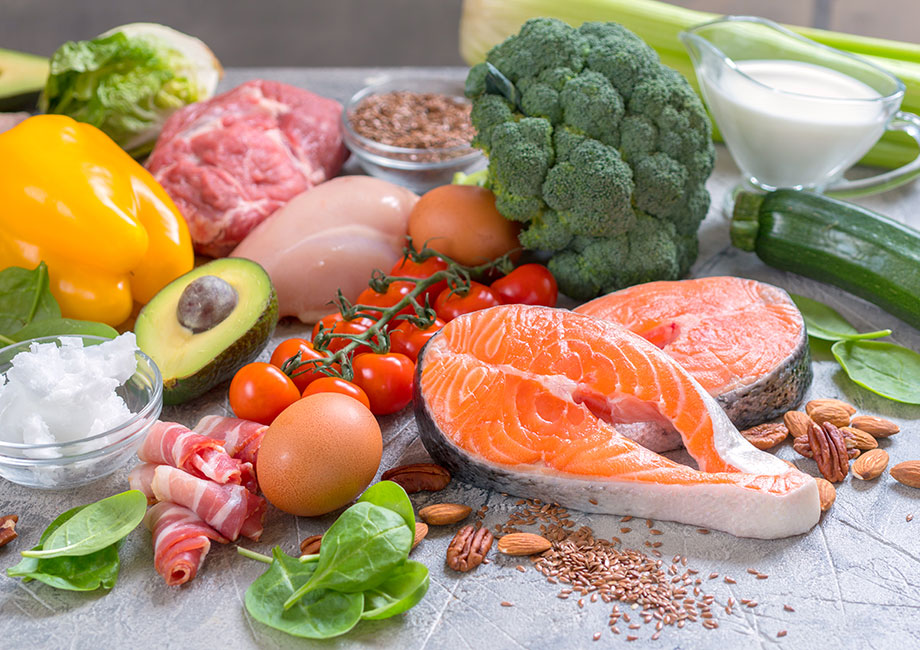
RELATED: High-Protein Foods
Promotes Balanced Meals
The GOLO Metabolic Fuel Matrix promotes balanced meals without cutting out any food groups. By including one to two portions of protein, carbohydrates, vegetables, and healthy fats in each meal, you’re getting a wide variety of nutrients with each meal that support muscle maintenance and provide lasting energy. The eating plan discourages consumption of highly processed foods which are typically high in saturated fat and sugar.
May Reduce Insulin Resistance
The GOLO Diet emphasizes low glycemic index foods, which help prevent blood sugar spikes. Eating these foods may aid in blood sugar management and reduce insulin resistance. By improving how the body uses glucose for energy instead of storing it as fat, this approach could support better metabolic health and may promote weight loss.
May Promote Weight Loss
Eating nutrient-rich foods, practicing portion control, and exercising regularly are key components of the GOLO Diet that may enhance weight loss. In a 2017 study4 funded by the creators of the GOLO Diet, 35 participants who followed the diet, incorporated regular exercise, and took the Release supplement over 26 weeks lost an average of 31 pounds. It’s unclear whether the weight loss was directly attributed to the GOLO Diet and supplement or if participants simply benefited from adopting healthy eating and exercise habits.
Doesn’t Promote Calorie Counting
Unlike many other diet programs, the GOLO Diet doesn’t require participants to track their food intake, calories, or macros. Instead, it encourages building balanced meals with nutrient-rich foods in healthy portion sizes. Some individuals may lose weight simply by eating smaller portions than they typically would outside the diet plan, while others may experience weight loss from consuming more nutrient-dense, less calorie-dense foods, which naturally leads to a lower calorie intake.
RELATED: Best Calorie Counter Apps
Cons of the GOLO Diet
Although the GOLO Diet offers several potential benefits, it may not be for everyone. Potential downsides include restrictive food rules, high costs, and the possibility that it may not be sustainable long-term.
Restrictive Food Rules
The GOLO Diet distinctly categorizes foods as “approved” or “unapproved.” This rigid approach can feel restrictive and may contribute to the development of an unhealthy relationship with food. When we categorize foods, we often unintentionally label them as “good” or “bad,” which can create guilt and confusion around eating choices.
Expensive to Follow
The GOLO Diet weight loss plan includes Release, a costly dietary supplement priced at $59.95, which lasts one to three months. In fact, access to the GOLO for Life Plan guidebook, which outlines the diet, is only available with the purchase of Release. It’s worth noting that the minerals (zinc, chromium, magnesium) found in Release can be obtained through a well-balanced diet and a standard multivitamin.
Lack of Personalization
Personalized approaches to nutrition may be more effective than adhering to the GOLO Diet. Weight loss, dietary needs, health concerns, and lifestyle factors vary significantly among individuals. The GOLO diet is likely not as effective as individualized nutrition plans developed by a registered dietitian, which consider the complexities of weight loss and each person’s unique needs.
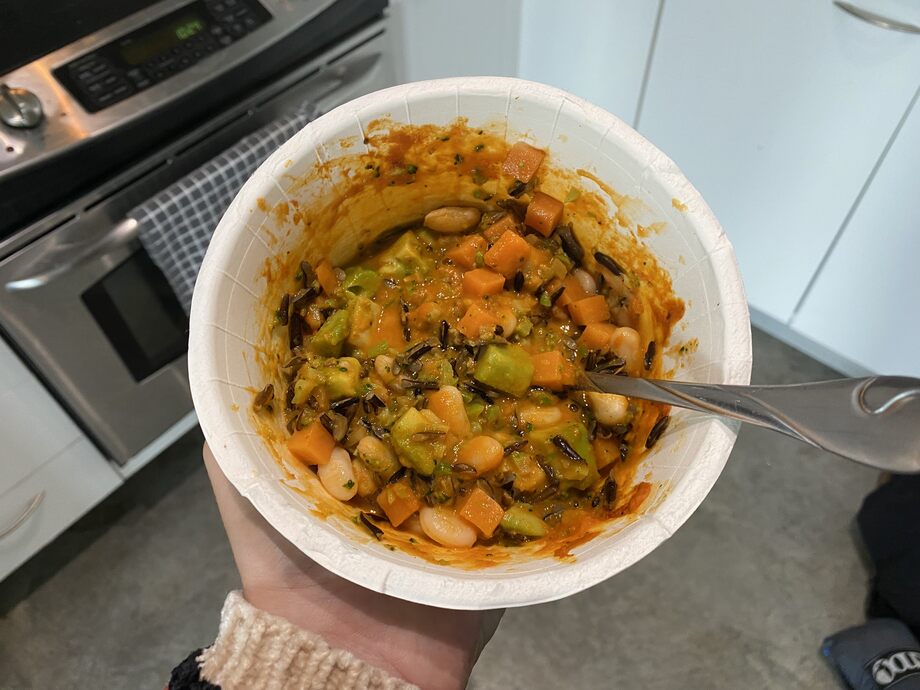
RELATED: How To Lose Body Fat
Likely Unsustainable
Life happens, and it’s often unrealistic to expect adherence to a restrictive diet during busy schedules, celebrations, holidays, or major life events. Acknowledging these challenges before starting a diet like the GOLO Diet can help you set realistic expectations so you can give yourself grace, enjoy food, nourish your body, and adapt to life’s obstacles without guilt.
Who Should Try the GOLO Diet?
The GOLO Diet may be helpful for individuals with insulin resistance or difficulty managing blood sugar. By emphasizing foods that reduce blood sugar spikes, lower inflammation, and improve insulin sensitivity, this diet could aid weight loss for those facing these challenges.
The eating plan also serves as a useful guide for anyone who may be unfamiliar with building balanced meals. By utilizing the “fuel groups” (protein, carbs, vegetables, and fats), it offers a clear structure for creating meals with a variety of essential nutrients.
Additionally, for those wanting to adopt healthier lifestyle habits, the GOLO Diet promotes whole foods and regular exercise, both of which can support weight loss. Membership includes access to online resources and support from coaches to help maintain accountability and motivation.
If you have a history of an eating disorder, it’s best to avoid the GOLO Diet. Its categorization of foods and restrictive nature could encourage disordered eating patterns and an unhealthy relationship with food.
What Is a GOLO Diet? Final Thoughts
The GOLO Diet aims to enhance insulin sensitivity and manage blood sugar levels to improve metabolic health, boost metabolism, and preserve muscle mass for more effective weight loss. It promotes whole foods that minimize blood sugar spikes while eliminating processed and sugary foods and beverages. The diet also includes Release, a supplement designed to support metabolic health, regulate blood sugar, and enhance immunity. While the diet encourages weight loss and nutrient-dense eating, it’s expensive, restrictive, and may not lead to sustainable weight loss.
What Is a GOLO Diet? FAQs
What kind of food do you eat on GOLO?
Approved foods on the GOLO Diet are categorized into four fuel groups: lean protein, carbohydrates, veggies, and fats. These foods have a low glycemic index and do not significantly raise blood sugar levels. Options include, but aren’t limited to, beef, chicken, eggs, legumes, brown rice, sweet potatoes, leafy greens, berries, and various nuts and seeds.
What is the downside of GOLO?
The GOLO Diet can be expensive, as it includes Release, a supplement designed to promote metabolic health and improve insulin sensitivity, priced at $59.95 per bottle. Additionally, the diet’s restrictive nature may be harmful for individuals with a history of disordered eating. It’s also likely unsustainable in the long term, as it eliminates certain foods.
What is the monthly cost of GOLO?
A bottle of Release costs $59.95 and may last between one to three months depending on how many capsules you take daily. Membership is only available to those who purchase Release.
What are doctors saying about the GOLO diet?
Doctors have mixed thoughts about the GOLO Diet. Some appreciate its focus on whole foods and balanced meal plans, but others raise concerns about its restrictive nature, sustainability, and lack of personalization.
These statements have not been evaluated by the Food and Drug Administration. This product is not intended to diagnose, treat, cure, or prevent any diseases.
References
- Centers for Disease Control and Prevention. About Insulin Resistance and Type 2 Diabetes. Updated May 15, 2024. Accessed September 20, 2024.
- Cleveland Clinic. What is the Glycemic Index? Updated October 21, 2021. Accessed September 20, 2024.
- Bjørklund, G., Dadar, M., Pivina, L., Doşa, M. D., Semenova, Y., & Aaseth, J. (2020). The Role of Zinc and Copper in Insulin Resistance and Diabetes Mellitus. Current Medicinal Chemistry, 27(39), 6643–6657. https://doi.org/10.2174/0929867326666190902122155
- Ebersole, B. (2017). Efficacy of a Diet Program on Body Weight in Overweight Americans: Open‐Label Human Study. NaturePro Scientific LLC.
Further reading

Looking for a healthier alternative to traditional soda? A registered dietitian help us find the best prebiotic soda on the market today. Read more

Looking for the best running headlamp? Our team of experts has chosen and tested the best options on the market. Read more

In our SuperBeets review, explore how this nitric oxide booster enhances performance, circulation, and endurance. Get insights on taste, formulation, and cost. Read more

Every year, new diets claim to offer the key to quick weight loss. While many are hard to maintain and lack balanced nutrition, others are more sustainable and don’t require tedious calorie or macro tracking. What is a GOLO Diet? Is it just another fad, or could it be a realistic way to lose weight and keep it off?As a registered dietitian nutritionist (RDN), I’ll break down everything you need to know about the GOLO Diet and offer my unbiased opinion on this popular weight loss program. » Read more about: What Is a GOLO Diet? Health Revolution or Just Another Fad? » Read more

